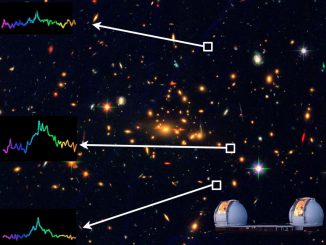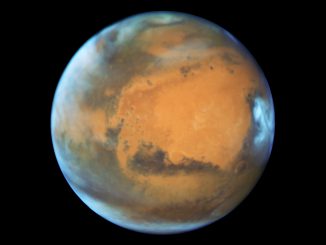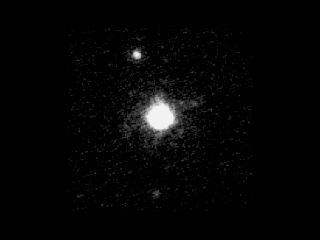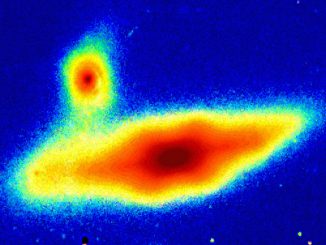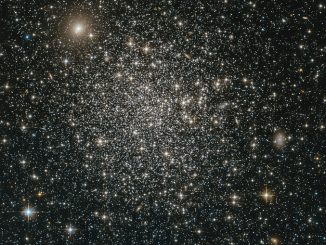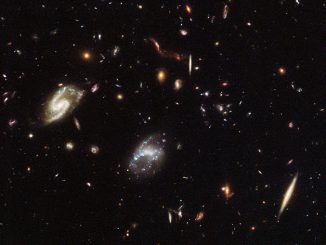
Hubble’s vibrant view of a massive galactic gathering
This incredible image from the NASA/ESA Hubble Space Telescope reveals thousands of colourful galaxies in the constellation of Leo, components of cluster known as MACS J1149.5+2223. This vibrant view of the early universe was captured as part of the Frontier Fields campaign, which aims to investigate galaxy clusters in more detail than ever before.

